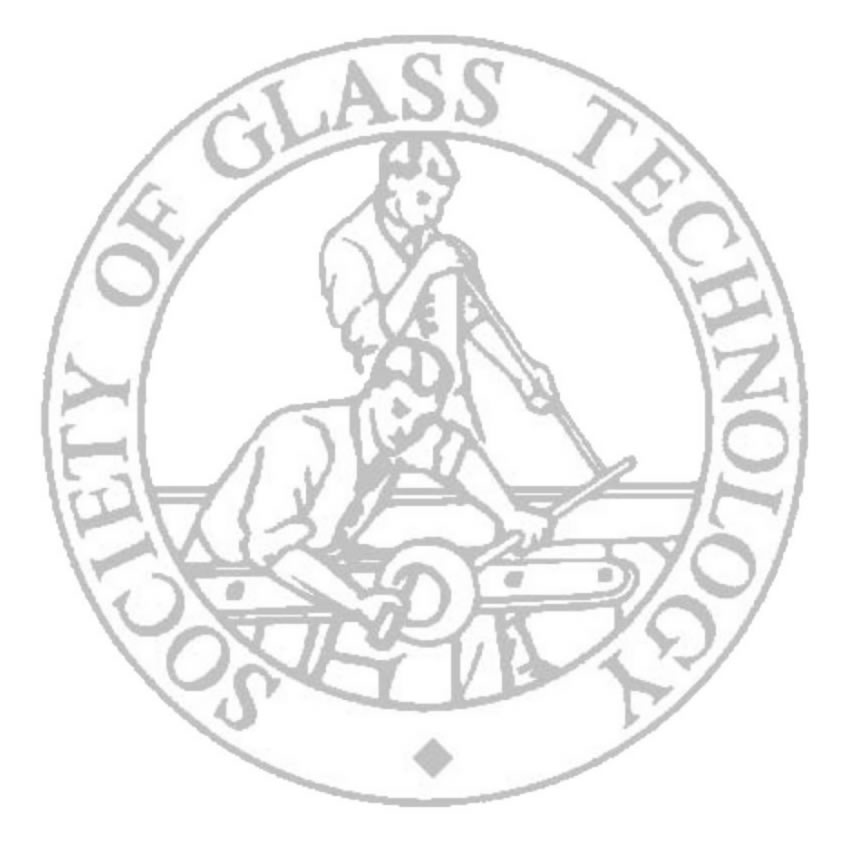
Cambridge 2008
|
Glass doping through sol-gel chemistry :a little something can make a big difference
Doping is a very important issue in materials science. In many cases the functionality of the material is directly related to doping elements. In some other cases, doping can allow a structural control over the material. Yttrium stabilized zirconia and soda lime glasses are two well known examples related to crystalline and amorphous materials respectively. Sometimes doping can even induce unexpected effect on the material structure, morphology or functionality.
During the last decades, sol gel processing of materials has been considerably developed and is now recognized as a field of research in itself. Among the numerous advantages brought by the use of sol-gel chemistry for the preparation of materials, the greater homogeneity obtained by comparison with classical solid state routes is sometimes underestimated. As far as doping is concerned, this ability of the sol gel process to provide materials with a good chemical homogeneity is a very crucial point.
In this lecture we will try to give some illustrations of materials doping through sol-gel chemistry with a focus on glasses.
We will in particular discuss the effect of doping on the nanostructure of gel derived silica glasses thanks to the use of Raman spectroscopy1,2.
| SGT Home page |